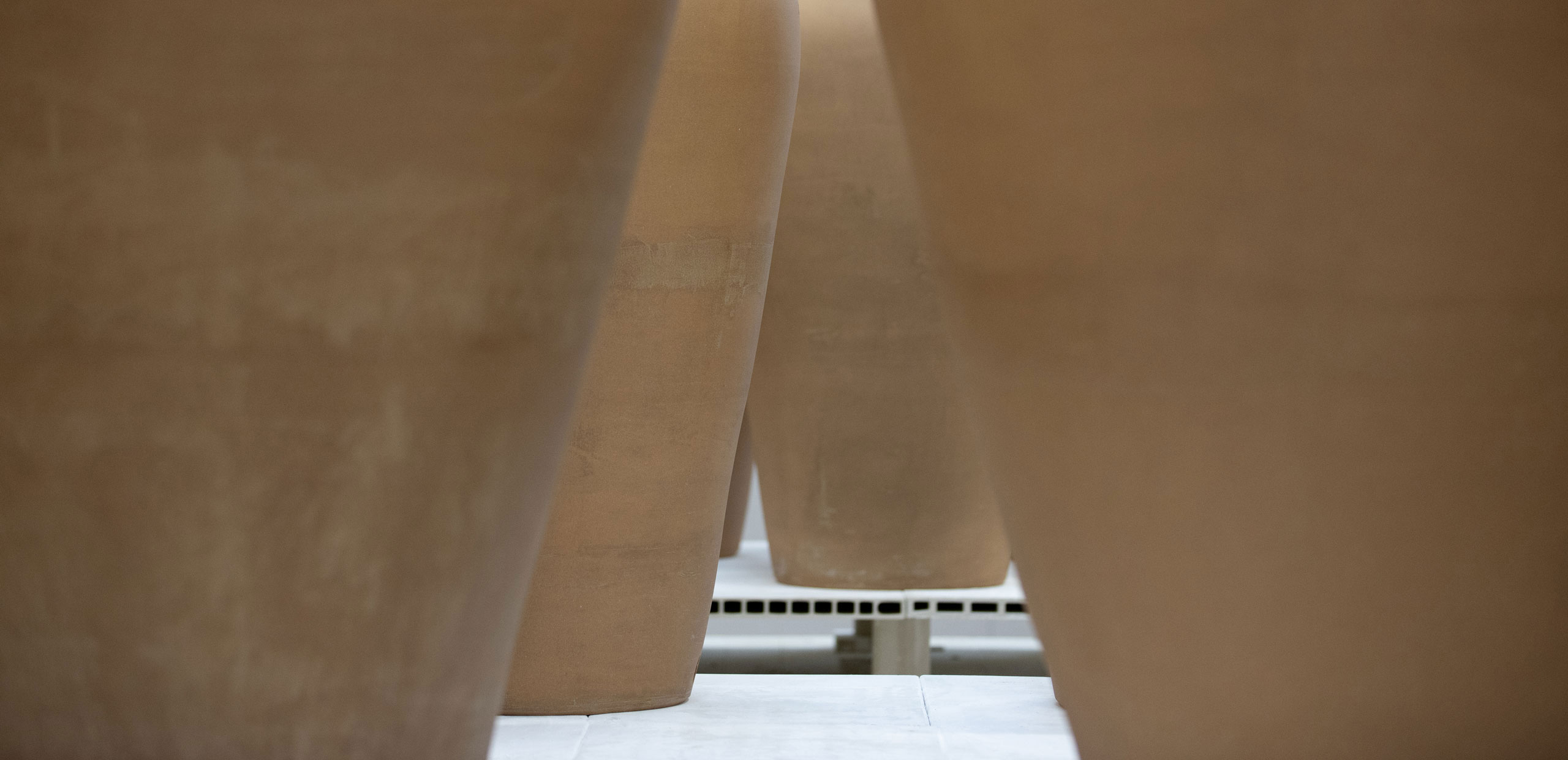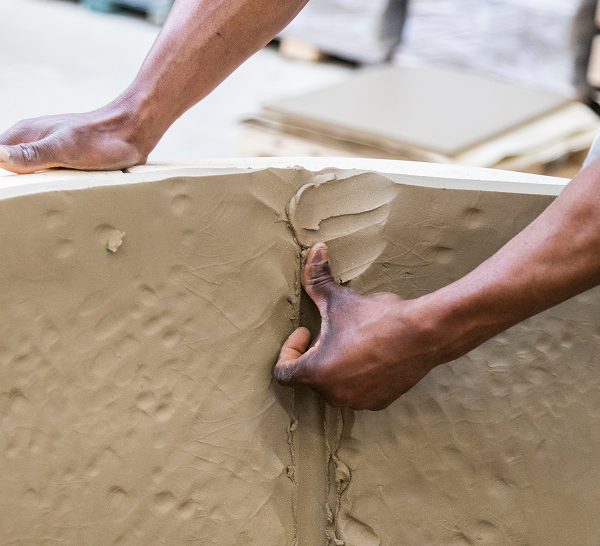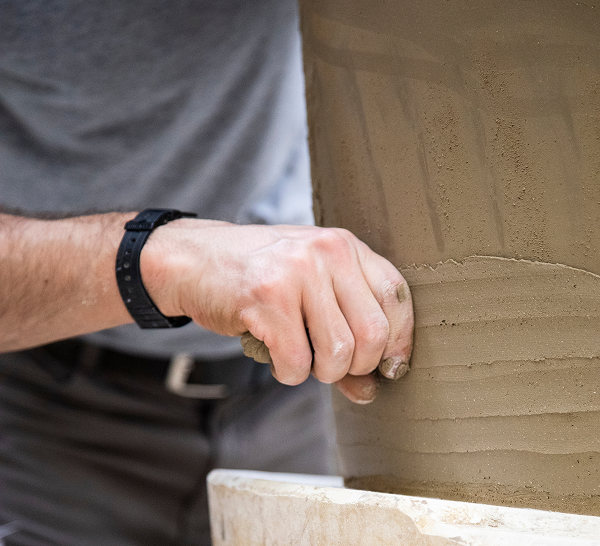


ARGILLETAVA®
Born from direct dialogue with winemakers, ARGILLETAVA® is a ceramic mixture developed to ensure reliability at every stage of vinification.
With controlled porosity, mechanical strength, and absolute neutrality toward wine, ARGILLETAVA® results from a precise blend of natural clays sourced from selected quarries in Italy, France, Germany, and England. These are processed and filter-pressed to guarantee purity and homogeneity. Each batch is vacuum degassed to eliminate air bubbles and ensure compactness and consistency over time. The mixture was developed through a long-standing collaboration with Ceramica Cecchetto, a company with eight generations of expertise in ceramic materials.
ARGILLETAVA® blends tradition and innovation, offering a technical, stable, and traceable material designed to enhance the wine’s identity without interference.

Controlled
porosity

Cleaning and
sanitization

Thermal
insulation




